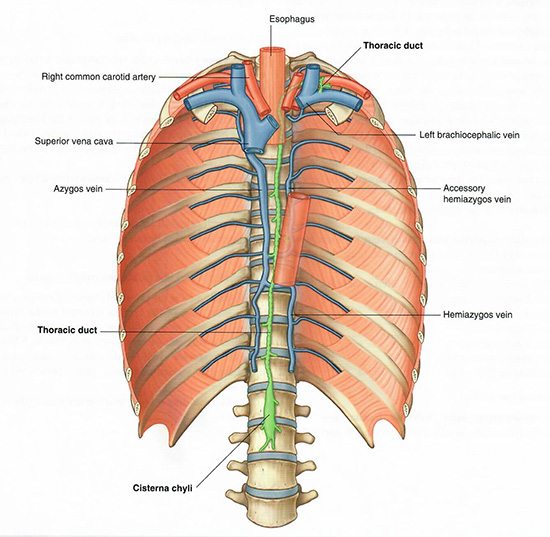
Thorax Lab 1 Module 2
OBJECTIVES:1.1.1 Identify the boundaries and divisions of the mediastinum and identify all structures in each part. 1.1.2 Demonstrate the projection of the thoracic diaphragm on the thoracic wall. 1.1.3 Follow the course and show the anatomical relationships of the phrenic nerve from its origin in the neck to the diaphragm. 1.1.4 Trace the course of the vagus nerve and its branches through the mediastinum. 1.1.5 Identify the recurrent laryngeal, cardiac, pulmonary, and esophageal branches of the vagus nerve and describe their target organs. 1.1.6 Identify the sympathetic trunk and the greater splanchnic nerve. 1.1.7 Trace the flow of blood in the azygos system and indicate any collateral connections to other parts of the systemic venous system. 1.1.8 Trace the flow of lymph through the thoracic duct from its origin to its termination, and indicate the sources of afferent lymphatics. |
SECTRA TABLE WORK: Page 1 of 6
